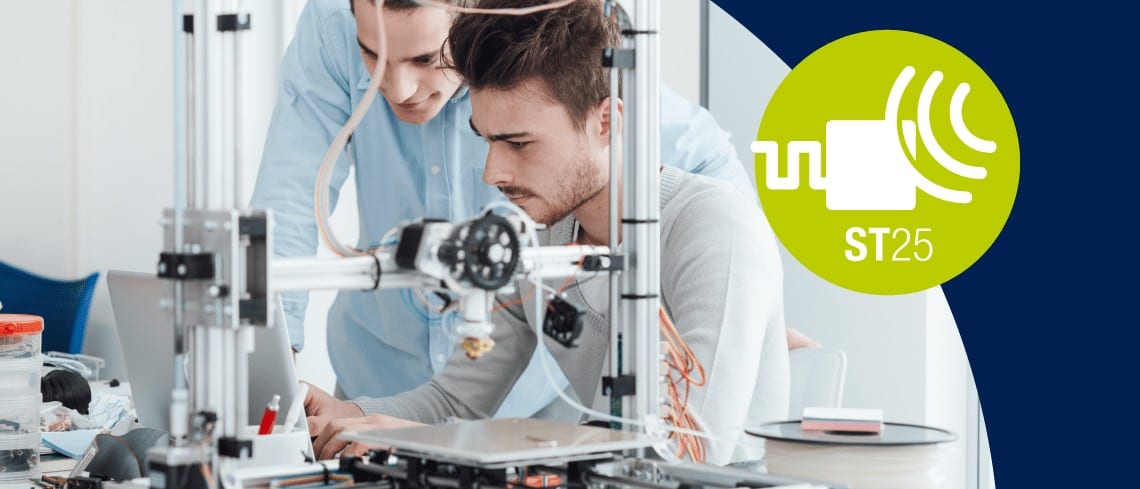Our NFC teams released a series of massive open online courses (MOOC) that will teach engineers and enthusiasts how to design for readers and tags. NFC brought great innovations to products that had no electronics until now, as a wine company that’s putting our Type-5 NFC tag on its bottles can testify. And since ST was among the first to pass the Tag Certification Program and offer Type-5 devices, engineers know that the course relies on fast and feature-rich devices that will greatly complement their project. Just ask TapNLink, a company that connects to a microcontroller through NFC and that got rave reviews thanks to its solution’s incredible speed. Furthermore, as NFC continues to gain more grounds in many other markets, such as the automotive industry, as we recently explored in a Q&A, understanding how to leverage near-field communication is absolutely crucial.
[embedyt]https://www.youtube.com/watch?v=LI4XXZb2lb4[/embedyt]
An Extensive Curriculum
The courses will explore how engineers can use our ST25R readers, our ST25D dynamic tags, and our ST25T traditional tag. They are self-contained and do not presume any experience in NFC from the part of the students. The videos go into the evaluation boards (the ST25R3911B-DISCO and the ST25DV-DISCOVERY), graphical user interfaces, and mobile applications used in the coursework while also diving into complex subjects. For instance, the videos above will help engineers design their own reader board by walking them through antenna design and matching, power devices, and layout considerations. ST has tools to help professionals, such as our antenna design calculator in eDesignSuite. However, the courses are here to take students behind the scene to ensure they leave with the experience and knowledge that will help them face the challenges they will meet as they tackle future projects.
The current iteration of the ST25 NFC Hands-on Training v2 contains 17 videos and accompanying slides.
- MOOC – ST25 NFC hands-on training
A Portal to Mobile App Development
Another fundamental aspect of NFC prototyping is its interaction with mobile applications, which is why we also have a video on iOS processes and developments. We show how engineers can use tags that iPhones can recognize in the background and go into the creation of a dedicated application. It can get confusing because not all iPhones support background tag reading. Additionally, implementing features on iOS can take a lot of time, which is why we also release the code source of our iOS applications to help developers write their programs faster. The video below thus serves as a significant first step as it will direct viewers to the right mobile apps and development platforms.
It also shows what engineers can conceive with our tools. In this particular demonstration, a STEVAL-SMARTAG1 sits in an ice bucket and records changes in temperatures. It then transmits the information to the phone when the latter scans the tag on the PCB. It’s an interesting proof-of-concept because it goes far beyond traditional applications.
[embedyt]https://www.youtube.com/watch?v=zZAeAAFegXQ[/embedyt]
